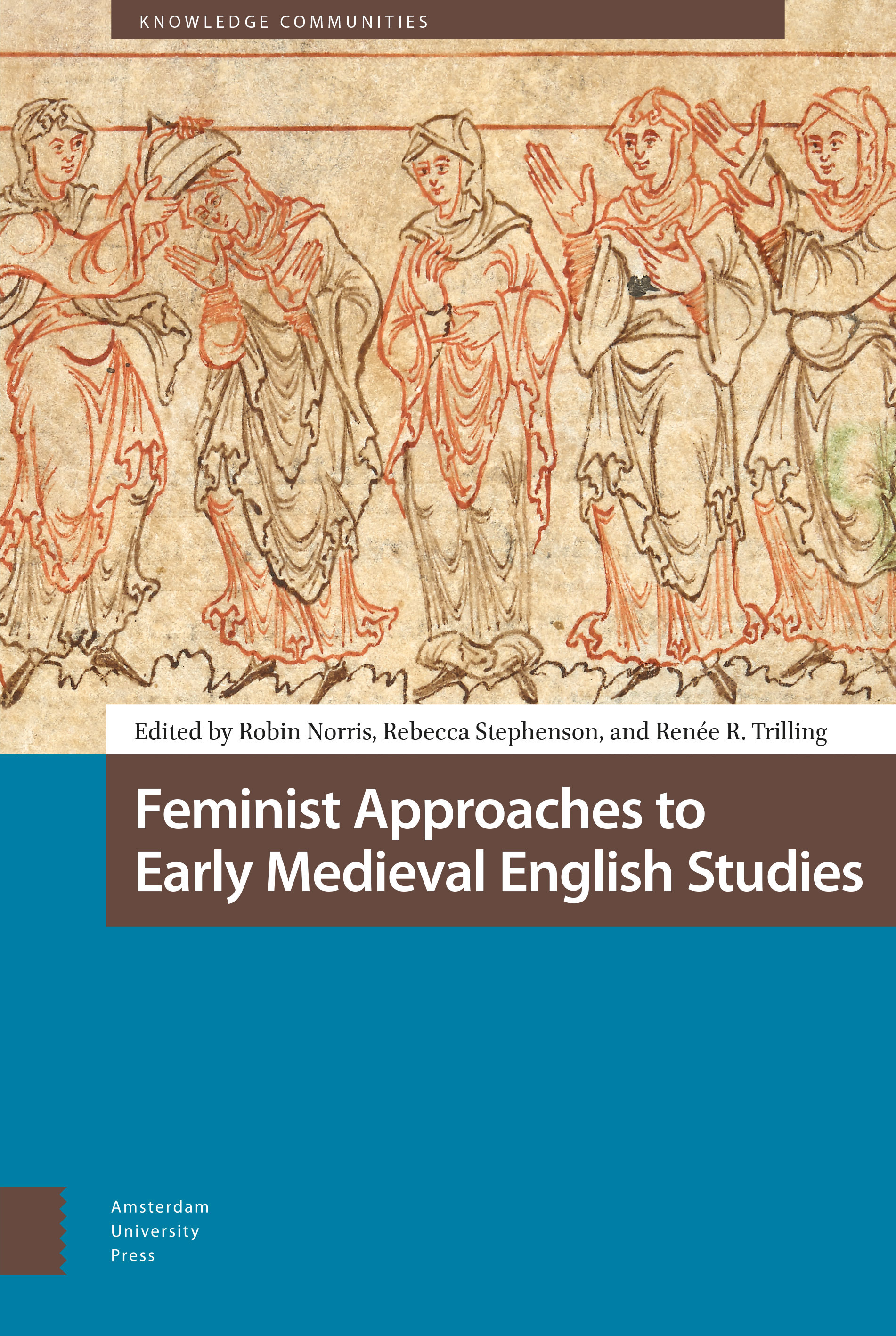9 - Dangerous Voices, Erased Bodies: Reassessing the Old EnglishWifgemædla and Witches in LeechbookIII
Published online by Cambridge University Press: 19 April 2023
Summary
Abstract
Entry 57 of Leechbook III is a brief, vague remedy thatis ambiguous but has a long history of being interpreted as a referenceto witchcraft. This essay assesses how potential female voices andbodies in the Old English medical corpus have been interpreted as agentsof harm by modern scholars, based on thin philological evidence. Thisessay relies on a combination of lexis, syntax, and context to interpreta thinly attested Old English illness label and propose a previouslyoverlooked female patient in Leechbook III. The case ofwif gemadla serves as a reminder that scholarshipof early medieval English medicine continues to rely heavily onnineteenth-century translations and editions, which has left us with alegacy of outdated editorial and cultural assumptions that now requireupdating.
Keywords: medicine, charms, women’s bodies,women’s voices, mental health, Leechbook III
It seems hardly wise therefore to argue backwards from sixteenth-centuryconditions beyond this date … The chain does not seem strongenough, and we should be at fault in breathing life over it from theanecdotes of post-conquest writers, those men who, looking back over thepast, wove into history from their own experience and knowledge manylegends of evil women and demonical arts, until at last mediævalhistorians were themselves unable to disentangle fact from fantasy, andhitherto innocent men and women of earlier generations were condemnedfor dabbling in black arts which they cannot have known.
Jane Crawford, 1963 (114–116)Wiþ wif g[e]madlan g[e]berge o[n] neahtnestig radicesmoran ty dage ne mag te se gemadla scettan (Against/in thecase of wif gemædlan, partake of a radish rootat night-fasting, [on] that day the gemadla will not beable to injure you).
Leechbook III, c. 875–900 (Entry57)Entry 57 of Leechbook III, above, is a brief, vague remedyrecommending that someone (it is not clear who) consume aradish to remedy something (it is not clear what). Thesource of the ambiguity stems from the challenges of assessing how theaffliction that the charm claims to remedy—wifgemadla—should be best understood. Wif(woman) is clear enough, of course, in purely philological terms, but itssemantic relationship to gemadla is not.
Entry 57 of Leechbook III, above, is a brief, vague remedyrecommending that someone (it is not clear who) consume aradish to remedy something (it is not clear what). Thesource of the ambiguity stems from the challenges of assessing how theaffliction that the charm claims to remedy—wifgemadla—should be best understood. Wif(woman) is clear enough, of course, in purely philological terms, but itssemantic relationship to gemadla is not.
- Type
- Chapter
- Information
- Feminist Approaches to Early Medieval English Studies , pp. 253 - 278Publisher: Amsterdam University PressPrint publication year: 2023

